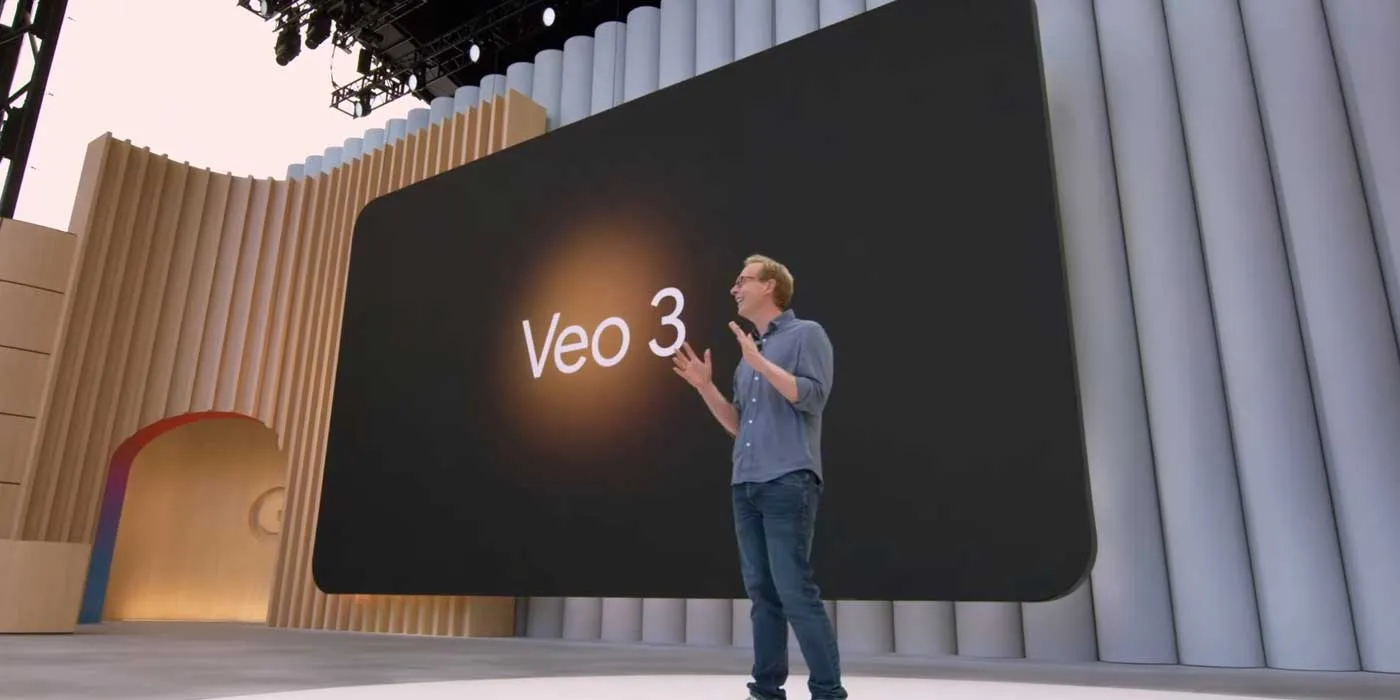At its 2025 I/O developer conference, Google introduced Veo 3, its latest AI video generation model capable of producing highly realistic 8-second clips. Within hours after the launch, creators across the internet began sharing strikingly lifelike videos, blurring the lines between real and synthetic content.
Experts in misinformation and digital ethics have long cautioned that AI-generated visuals would eventually become indistinguishable from reality. With Veo 3’s debut, that moment appears to have arrived. The model pushes beyond the so-called “uncanny valley,” marking a turning point in how AI video is perceived and experienced.
While other AI video tools like OpenAI’s Sora are also in the spotlight, Veo 3 sets itself apart with several unique capabilities. In addition to photorealistic imagery, it integrates natural-sounding audio and spoken dialogue, creating immersive clips that feel complete and coherent. The tool also supports character continuity across scenes and allows users to manipulate camera perspectives, motion, and framing with unprecedented precision. Many users on social platforms have expressed astonishment at the realism Veo 3 achieves.
Veo 3 is now accessible to subscribers of Google’s premium AI services, available through both the Gemini assistant and Flow, a creative-focused AI production tool. It’s already being used to craft short-form content, and a feature-length AI-generated film may not be far off.
Social media platforms like X, YouTube, Instagram, and Reddit are flooded with user-generated clips showcasing Veo 3’s capabilities. Without a discerning eye, casual viewers could easily mistake these synthetic videos for genuine footage.
The short film “Influenders” is one of the most widely shared short films made with Veo 3. “Influenders” was created by Yonatan Dor, the founder of the AI visual studio The Dor Brothers. In the movie, a series of influencers react as an unexplained cataclysm occurs in the background. The video has hundreds of thousands of views across various platforms.
Similar videos featuring man-on-the-street videos have also gone viral, with artists like Alex Patrascu and Impekable showing off Veo 3’s capabilities. And earlier this week, a Wall Street Journal reporter made an entire short film starring a virtual version of herself using Veo 3.
While some clips still exhibit subtle flaws—like overly smooth textures or awkward camera movements—these visual cues are becoming less prominent. Just a few years ago, AI struggled with anatomical details, such as distorted hands or facial asymmetry, which were common. Now, those issues are fading fast. If technology continues to progress at this pace, there will soon be no discernible difference between real video and AI-generated video.

